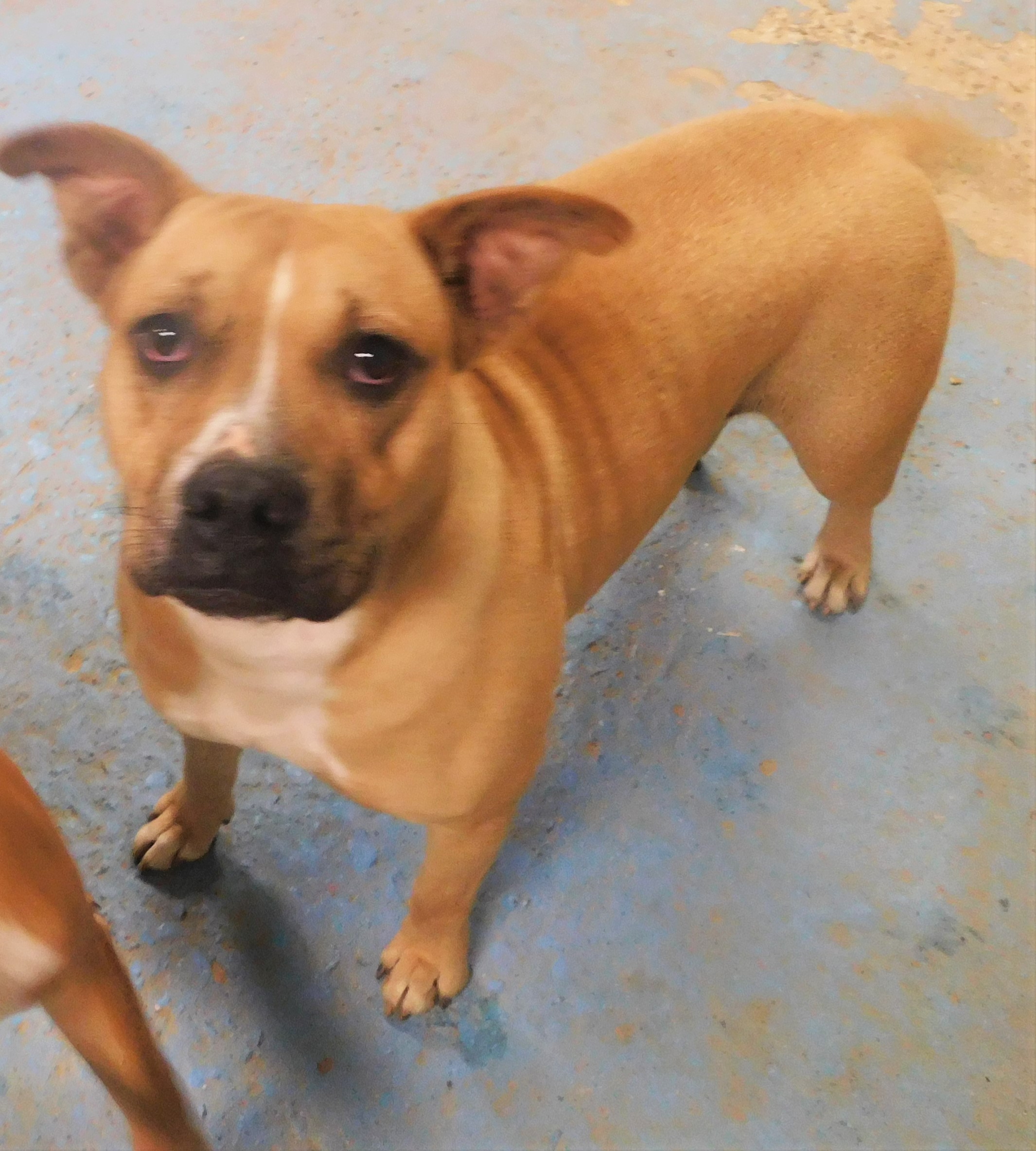

When it comes to unconditional love and unwavering loyalty, few animals can rival the affectionate nature of dogs. Dogs Not Well Suited to Apartment LivingĬlick here for more information on this characteristic.By considering these factors, you can find a dog that will adapt well to apartment living and create a harmonious living environment for everyone involved. Therefore, it’s important to prioritize qualities such as being quiet, low-energy, calm indoors, and exhibiting good manners when living in close proximity to other residents. Opt for a pet that doesn’t bark excessively and behaves politely when interacting with others in shared spaces. However, it is crucial to consider your neighbors’ comfort when selecting a dog. Conversely, certain small dog breeds with higher energy levels can still thrive in apartments, finding contentment through indoor playtime or brisk walks. While some larger breeds can adapt well to apartment living, with lower, others may require more space and have higher energy levels, making them less suitable for smaller apartments. It’s important to remember that the size of your living space is just one factor to consider. Apartment dwellers have a wealth of dog breeds to choose from as potential furry companions. When considering dogs that adapt well to apartments, size alone should not be the sole determinant. Therefore, desirable qualities in an apartment dog encompass being quiet, low-energy, and displaying polite behavior towards other residents.įactors To Consider When Choosing A Dog For An Apartment This makes them less suitable for apartment living. In high-rise settings, it’s worth noting that numerous small dogs may exhibit a propensity for high energy and frequent barking. Opting for a pet that doesn’t excessively bark and behaves politely when encountering others in shared spaces like is crucial for maintaining a harmonious apartment environment. However, when selecting a dog that adapts well apartments, it is essential to prioritize your neighbors. On the other hand, certain small dog breeds with abundant energy can still find contentment with indoor playtime or brisk walks. Others may require more space and possess higher energy levels. Some large breeds can adapt well to apartment living and have lower activity levels. Apartment dwellers have a myriad of dog breeds to choose from as potential companions, with various factors to consider.


Randomized controlled clinical trials are needed to further support the finding of a potential protective role of diet in CAD development.Looking for the best dog for your apartment? Contrary to popular belief, the suitability of dogs who adapt well to apartment living goes beyond its size. The population attributable fraction for not feeding home-made diets to the lactating bitch was estimated as 0.4 (95% CI: 0.04-0.63). The main finding was that feeding a diet including noncommercial products to the bitch during lactation had a protective effect on the development of CAD in her offspring the odds of developing CAD were twice as high among offspring from bitches that were not exposed to home-made/noncommercial diets. No effect of gender, season of birth, environment, vaccination or de-worming practices on the odds of developing CAD was detected. The final model included a random error term for 'examining veterinarian', as dogs from the same practice were not considered independent. A logistic regression model was developed to evaluate their relative importance in 58 cases from 12 practices in Sweden and 61 unaffected controls, matched to cases by breed and year of birth. Environmental and dietary risk factors for the development of canine atopic dermatitis (CAD) in the high-risk breeds of boxer, bullterrier and West Highland white terrier were assessed in a case-control study.


 0 kommentar(er)
0 kommentar(er)
